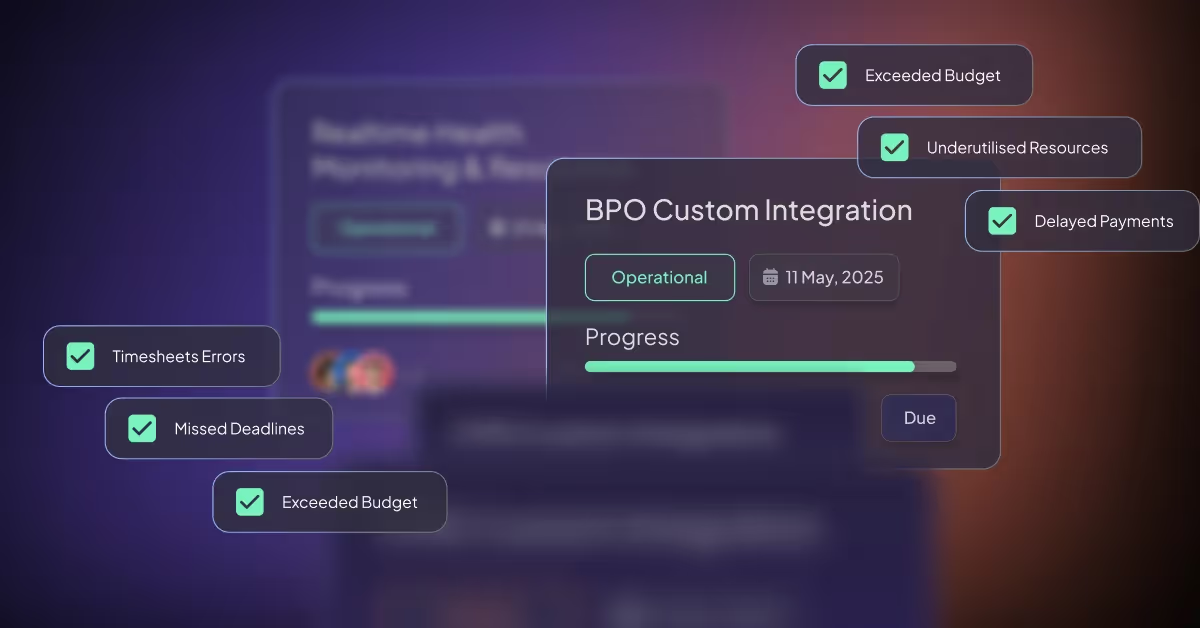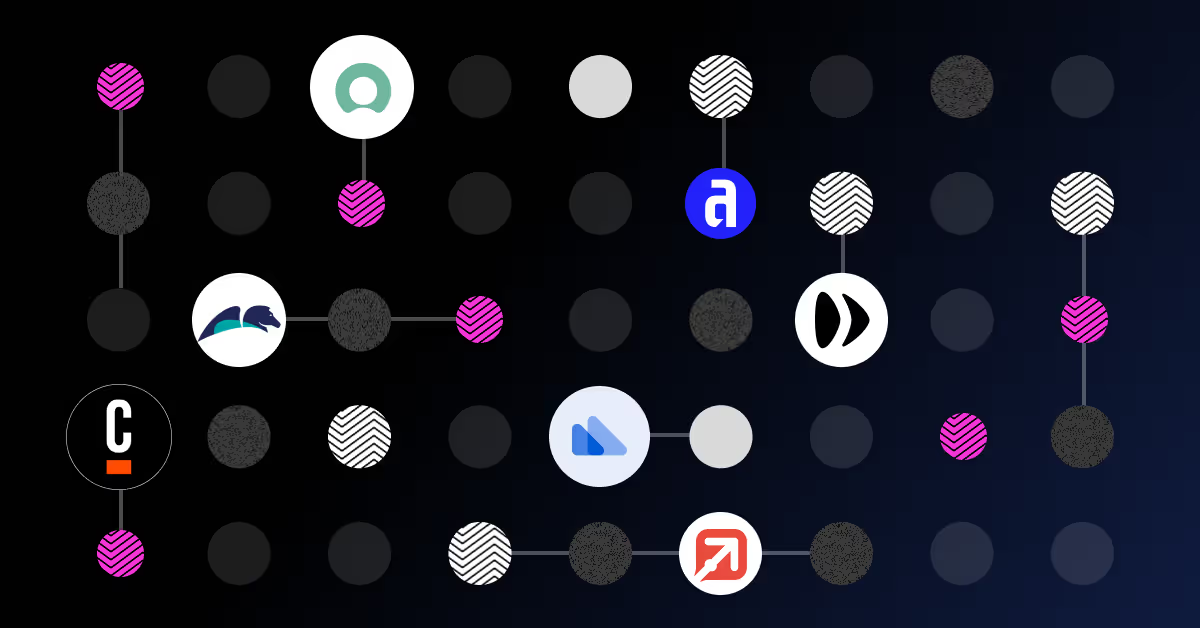What is business process outsourcing? Your questions answered

Many companies looking to boost efficiency and reduce costs are now exploring the potential of Business Process Outsourcing (BPO). The emergence of new technologies has opened up new avenues for BPO, with software such as Robotic Process Automation (RPA) allowing for repetitive service tasks to be handled by bots.
The benefits of BPO are manifold. Organizations that embrace this approach gain significant advantages that sharpen their edge over competitors. Improved customer satisfaction and greater product innovation are among the outcomes businesses can expect from leveraging BPO effectively.
If you're unfamiliar with BPO and what it can achieve for your business, you're in the right place. This blog aims to illuminate the world of BPO, helping you understand its definition, advantages, and common use cases.
What is Business Process Outsourcing?
Business process outsourcing is the practice of outsourcing operational processes to a third-party company. These external organizations offer specialized services, most commonly back-office functions, which enable businesses to streamline their processes and achieve cost savings. Within BPO, there are various verticals, the most prevalent of which is finance and accounting.
Why does Business Process Outsourcing exist?
The reason such a demand exists for BPO is that it allows businesses to outsource their non-core administrative work, which then frees them up to divert their time and resources to the core aspects of their business, such as customer service and product innovation. However, BPO can bring its own challenges.
Take the instance of Finance and Accounting: Financial processes are an essential part of any company, but they can be highly time and resource-consuming. By entrusting these procedures to an expert BPO provider, businesses can gain access to advanced technologies that might otherwise be unavailable to them while simultaneously being relieved of a considerable administrative burden; safe in the knowledge that compliance and targets will still be met.
When a BPO is dealing with a high volume of requests, such as accounts payable processes, the difficulty becomes effectively managing the workload across the entire system. This is where process orchestration should be employed. Orchestration offers an end-to-end solution that manages all the processes, tasks, and exceptions in one place.
What is the difference between shared services and business process outsourcing?
Shared services and BPO are different approaches to managing certain business operations. Shared services are internally managed, with specific functions being consolidated and centralized so that all offices within a company can use them. Large companies with multiple divisions often adopt this approach so that processes such as payroll are handled by one internal department.
This ensures better use of resources and standardized processes. Some businesses may also offshore their shared services for greater financial efficiency. In contrast, BPO involves outsourcing the same business functions to an external service provider. This removes the need to recruit and train staff to perform these functions, and the BPO provider also handles the cost of maintaining and improving any necessary equipment and technology.
Popularity of Business Process Outsourcing and Market Size
BPO is increasing in popularity as businesses recognize the improvements it can deliver to their operations. In fact, a report from Maximize Market Research found that the BPO market was already valued at $181.79 billion in 2022 and is expected to grow to $293.64 billion by 2029. The sectors commanding the market share of BPO are IT and telecoms (22%) and banking, financial services, and insurance (18%).
Much of this growth can be attributed to the top trends within BPO, namely cloud computing and process automation. Many companies are turning to cloud computing for both reduced IT infrastructure costs and increased data security, whereas process automation continues to be adopted by more and more organizations in the pursuit of greater productivity and efficiency.
What are some Business Process Outsourcing common use cases?
These are the most common examples of which operations can be outsourced to a specialized BPO provider.
Customer service
The delegation of customer service operations to a BPO service provider is a logical decision for many companies. Specialized customer service BPOs can deliver an enhanced customer service experience, adding additional support like online chat functions and a team that is able to assist customers at any hour of the day. The result is a more efficient service and improved customer satisfaction.
Manufacturing
Warehouse operations, supply chain management, and transport are among the services that many businesses choose to outsource to a logistics BPO provider. The advantages gained from outsourcing these processes are significant, including reduced staffing costs, faster delivery times, and overall greater efficiency.
Financial services
Chief amongst repetitive and time-consuming processes are those found in finance and accounting. That is precisely why these operations, such as invoice processing and payroll, are increasingly outsourced. Through BPO, companies can realize a reduction in errors, greater efficiency, and ensure regulatory compliance.
The role of orchestration and Business Process Outsourcing
You may already have BPO operations up and running but have yet to achieve the desired improvements in efficiency you're looking for. A lack of visibility and inefficient processes can prevent your BPOs from running as smoothly as they could, which is where orchestration can help. Below are the key ways in which adopting orchestration with Enate can help you get more value out of your BPO service lines.
- Orchestration provides a single source of truth. You can use one software solution from which to run your service lines across different verticals.
- Enate is available in 12 languages, making it easy to manage multi-geo teams under one platform for improved collaboration and communication.
- Centralized and varied workflows mean tasks such as invoice processing are streamlined, with multiple attachments and approvals consolidated onto one screen.
- Plug gaps in workflows by eliminating white spaces between systems. Enate is an end-to-end solution, so you no longer need to track tasks manually.




